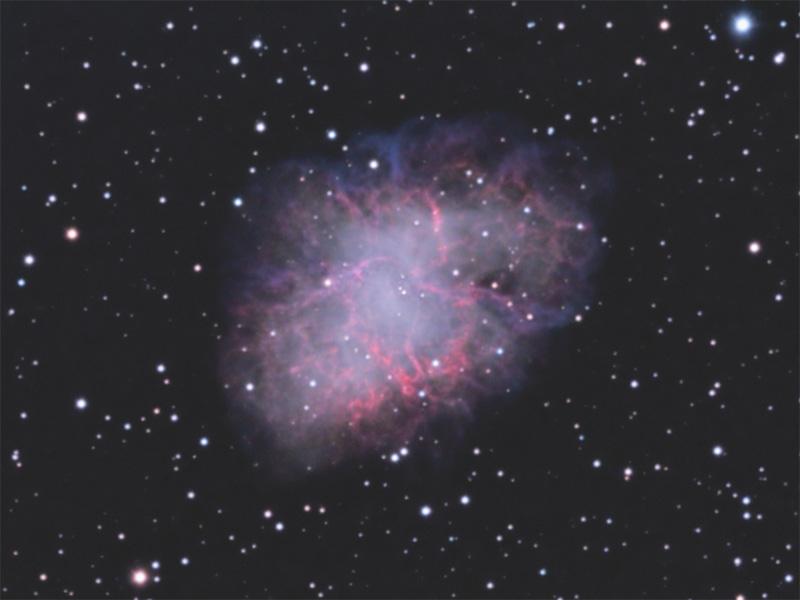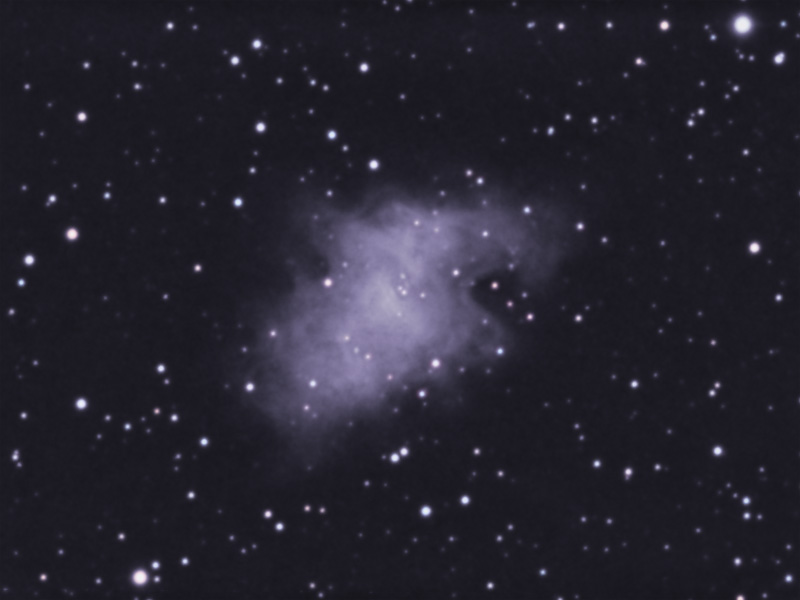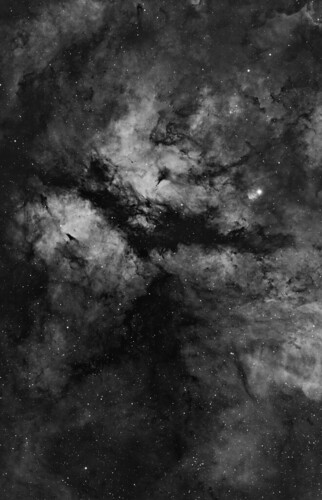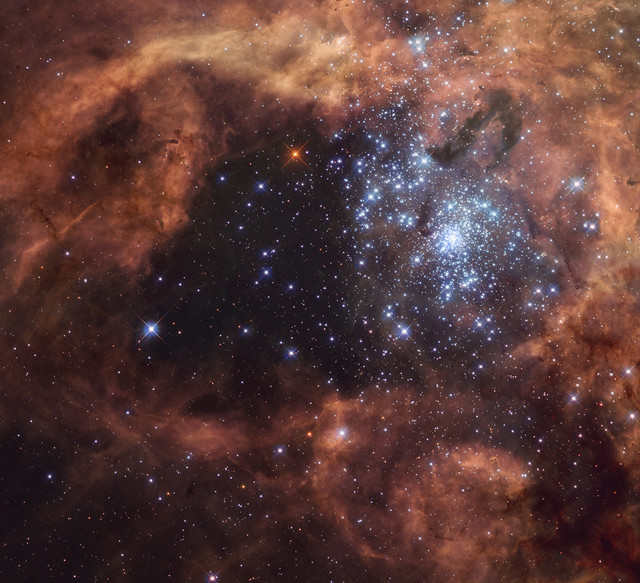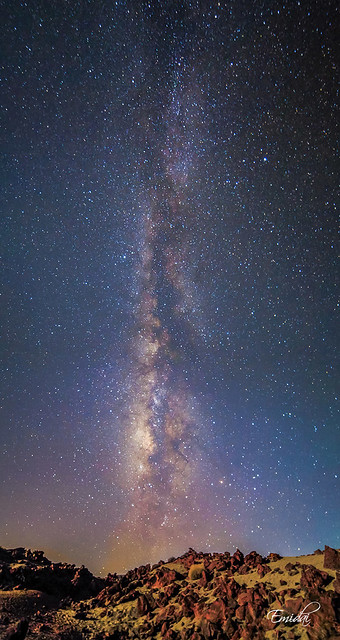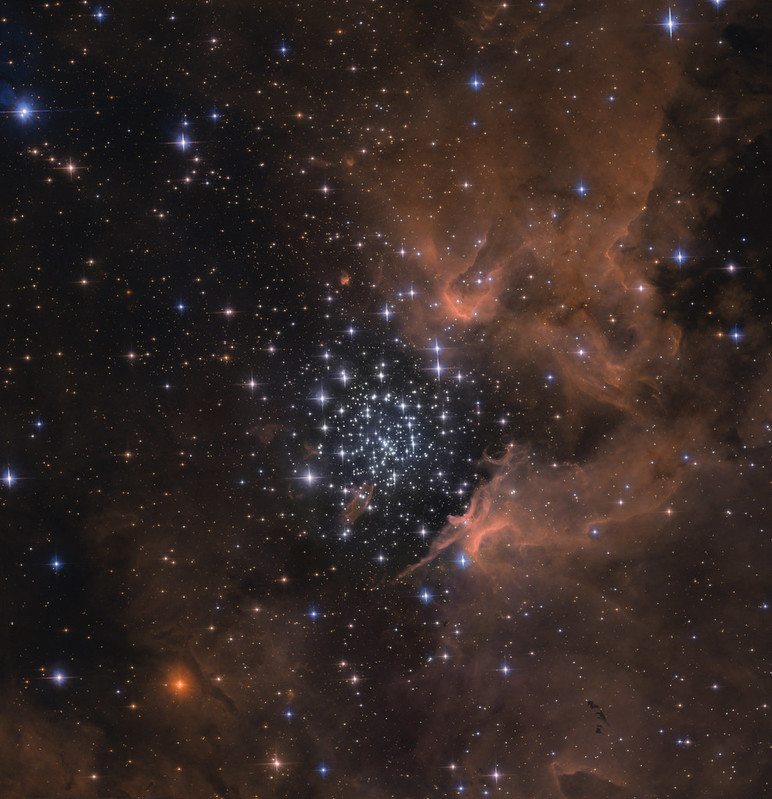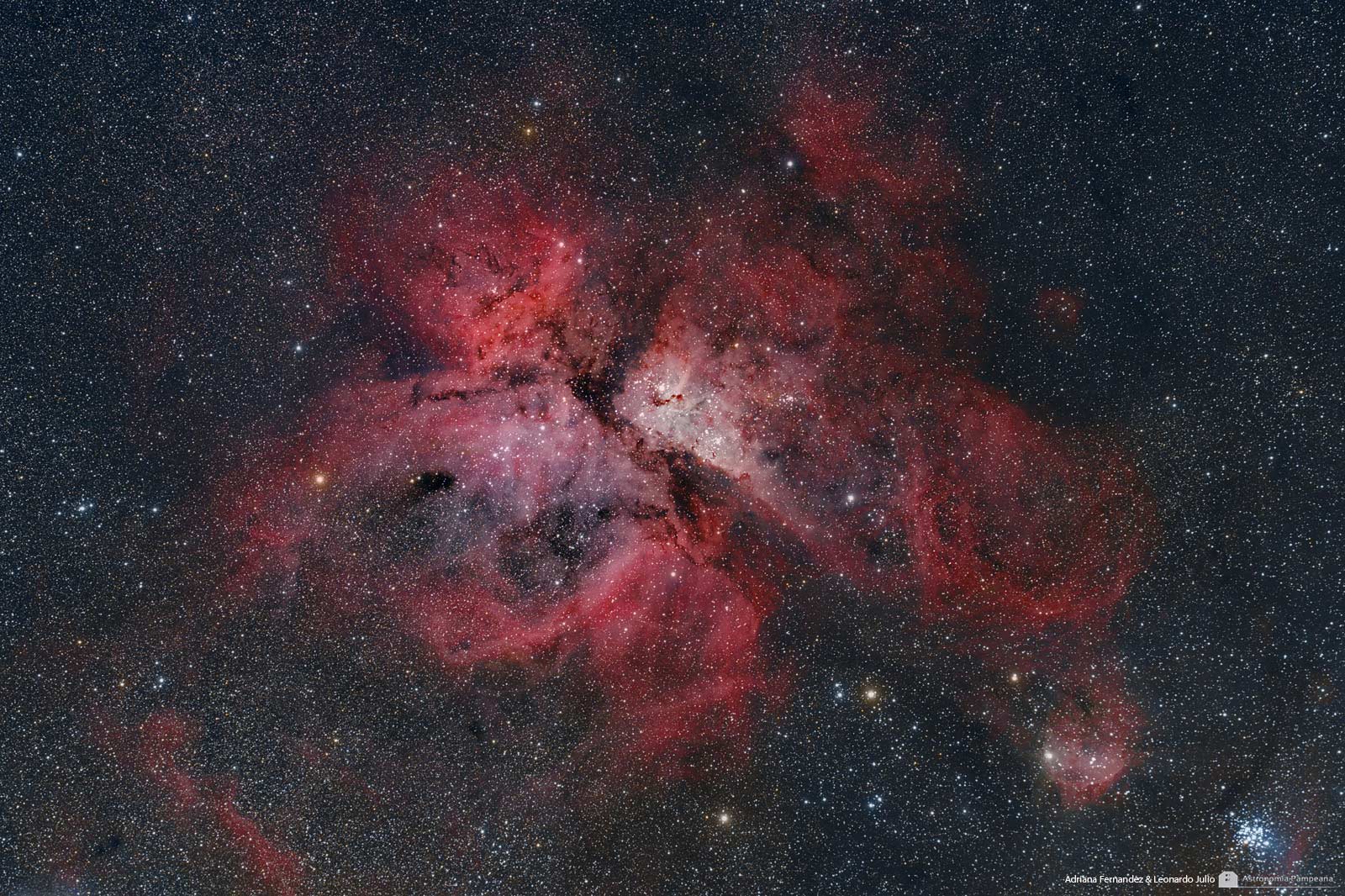Submissions: 2013 July
Posted: Mon Jul 01, 2013 6:45 am
__________________________________________________________________________________________________
Please post your images here.
Please see this thread before posting images; posting images demonstrates your agreement with
the possible uses for your image.
Please keep images under 400K, whether hotlinked or uploaded.
Thank you!
_________________________________________________________________________________________________
<- Previous submissions
[c]«« Discuss Anything in Astronomy «» Visit The Asterisk Main Page «» See Introductory Astonomy Lectures »»
«« Introduce Yourself «» Please Read the Rules »»[/c]
On July 4th 1054 AD, astrologers observed a bright blue square in the sky near the sun at dawn. it was visible during the day for 3 weeks and at night for 2 years. 700 years later, the Crab Nebula became the first object in Charles Messier's famous catalog:
What makes the crab nebula glow? The bluer of the two central stars is a dense neutron star,
the remnant of the original star compressed so tightly that separate protons and electrons cannot exist. Due to the conservation of angular momentum the tiny neutron star is spinning at 30 revolutions per second. A strong magnetic field associated with the spinning star
accelerates electrons in the surrounding space to relativistic speeds ~half the speed of light!
Collisions between the electrons and surrounding gas give off very high energy photons. Rather than the central star, it is the photons from these collisions that cause the surrounding filaments to glow like fluorescent lights.
EDIT: be sure to hover over the image with mouse to see the pulsar wind, imaged with a special filter to eliminate the narrow band emissions, or see blink below.
thank you for your consideration
-bill warden
http://whwastro.homestead.com/files/Cra ... -blink.gif
Please post your images here.
Please see this thread before posting images; posting images demonstrates your agreement with
the possible uses for your image.
Please keep images under 400K, whether hotlinked or uploaded.
Thank you!
_________________________________________________________________________________________________
<- Previous submissions
[c]«« Discuss Anything in Astronomy «» Visit The Asterisk Main Page «» See Introductory Astonomy Lectures »»
«« Introduce Yourself «» Please Read the Rules »»[/c]
On July 4th 1054 AD, astrologers observed a bright blue square in the sky near the sun at dawn. it was visible during the day for 3 weeks and at night for 2 years. 700 years later, the Crab Nebula became the first object in Charles Messier's famous catalog:
What makes the crab nebula glow? The bluer of the two central stars is a dense neutron star,
the remnant of the original star compressed so tightly that separate protons and electrons cannot exist. Due to the conservation of angular momentum the tiny neutron star is spinning at 30 revolutions per second. A strong magnetic field associated with the spinning star
accelerates electrons in the surrounding space to relativistic speeds ~half the speed of light!
Collisions between the electrons and surrounding gas give off very high energy photons. Rather than the central star, it is the photons from these collisions that cause the surrounding filaments to glow like fluorescent lights.
EDIT: be sure to hover over the image with mouse to see the pulsar wind, imaged with a special filter to eliminate the narrow band emissions, or see blink below.
thank you for your consideration
-bill warden
http://whwastro.homestead.com/files/Cra ... -blink.gif
